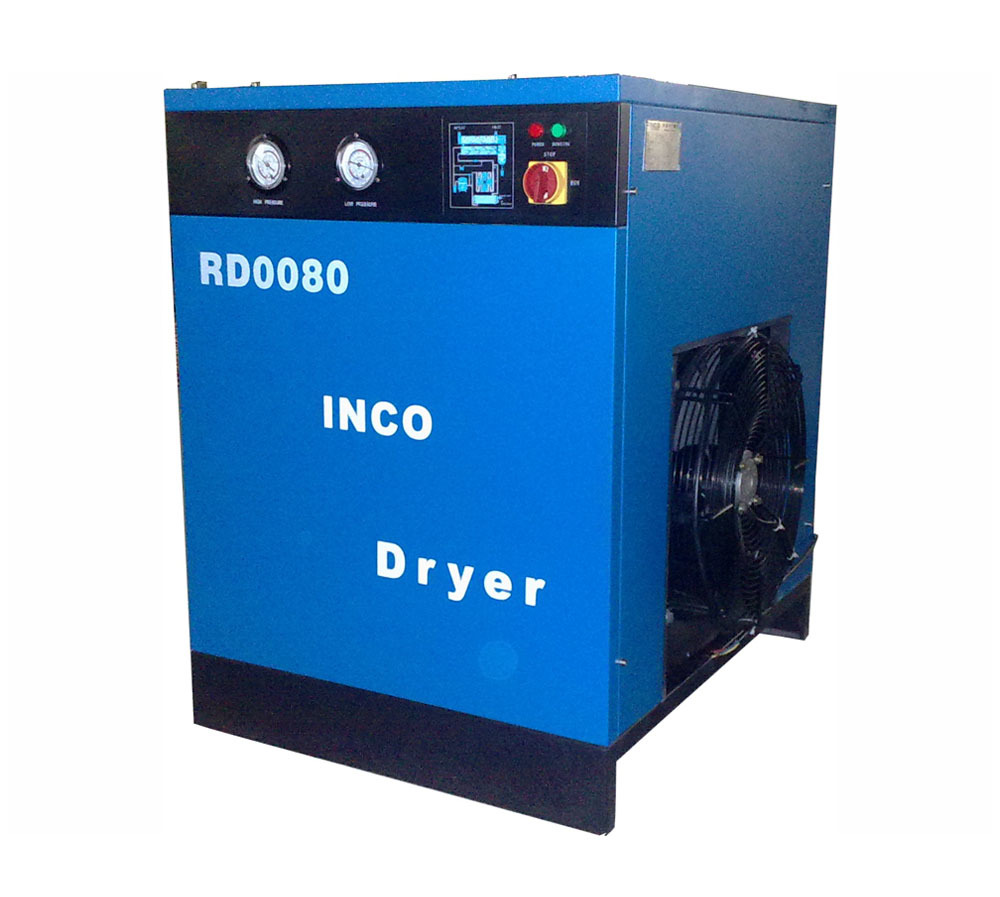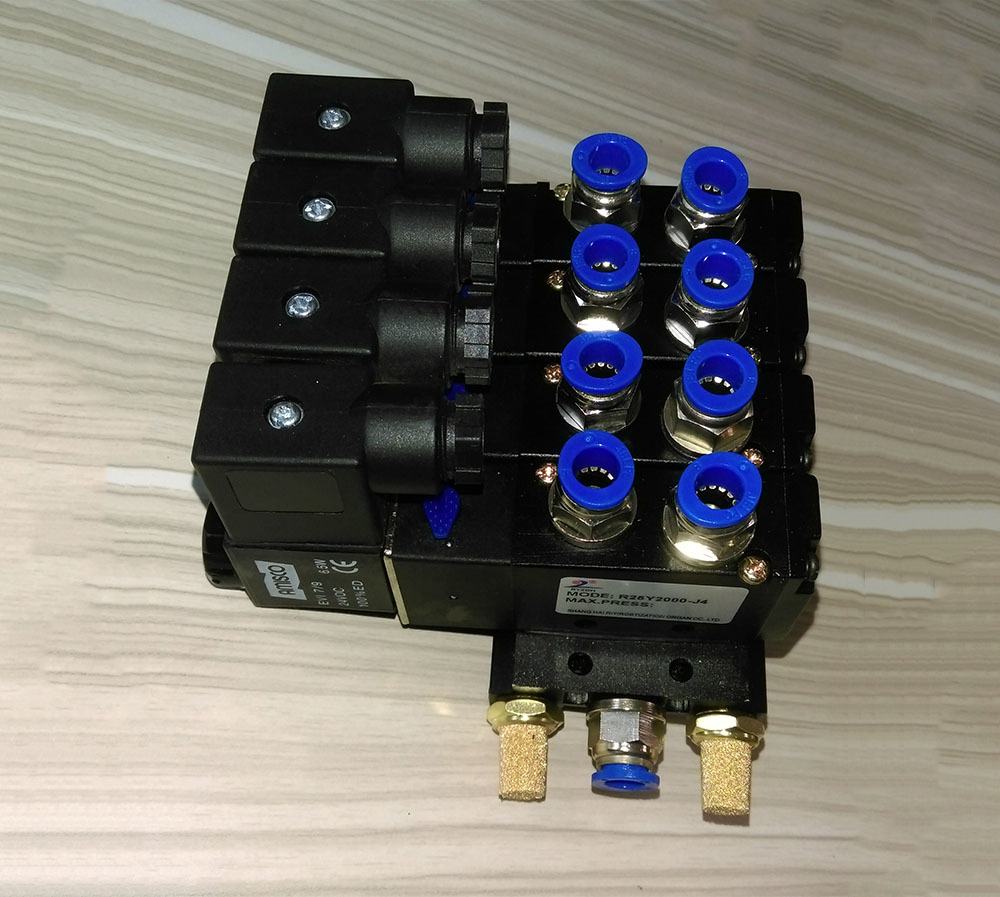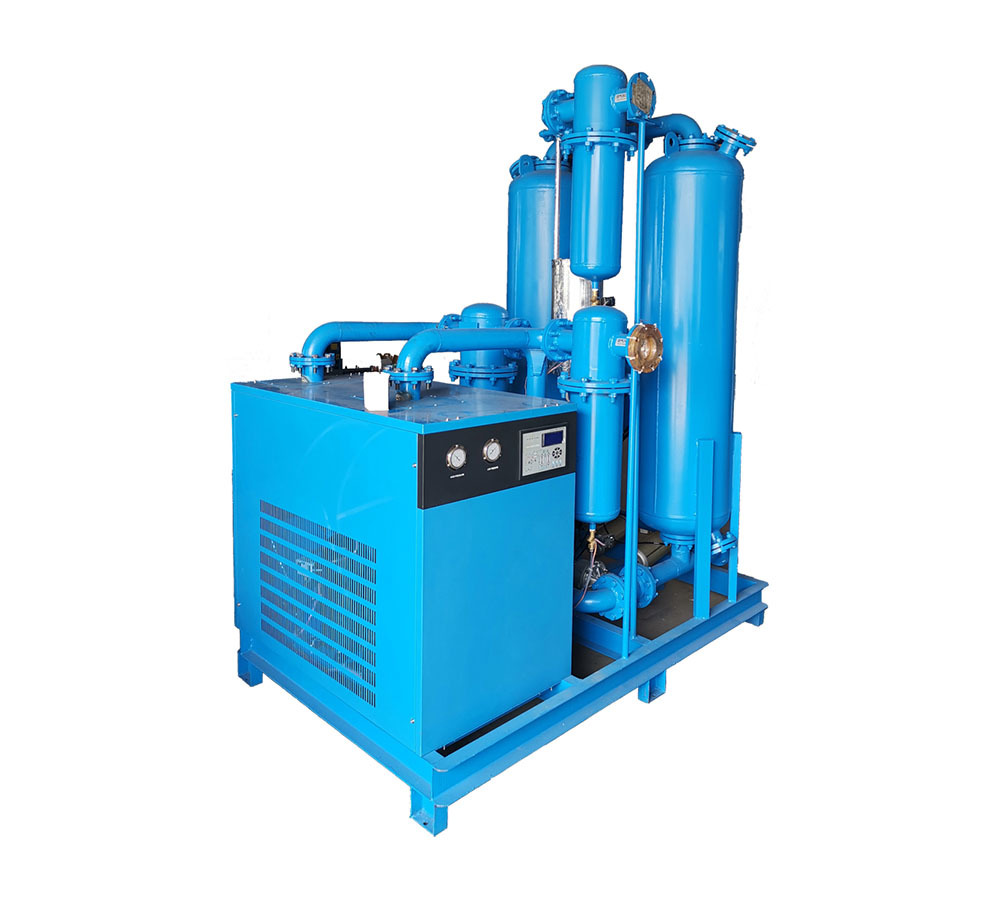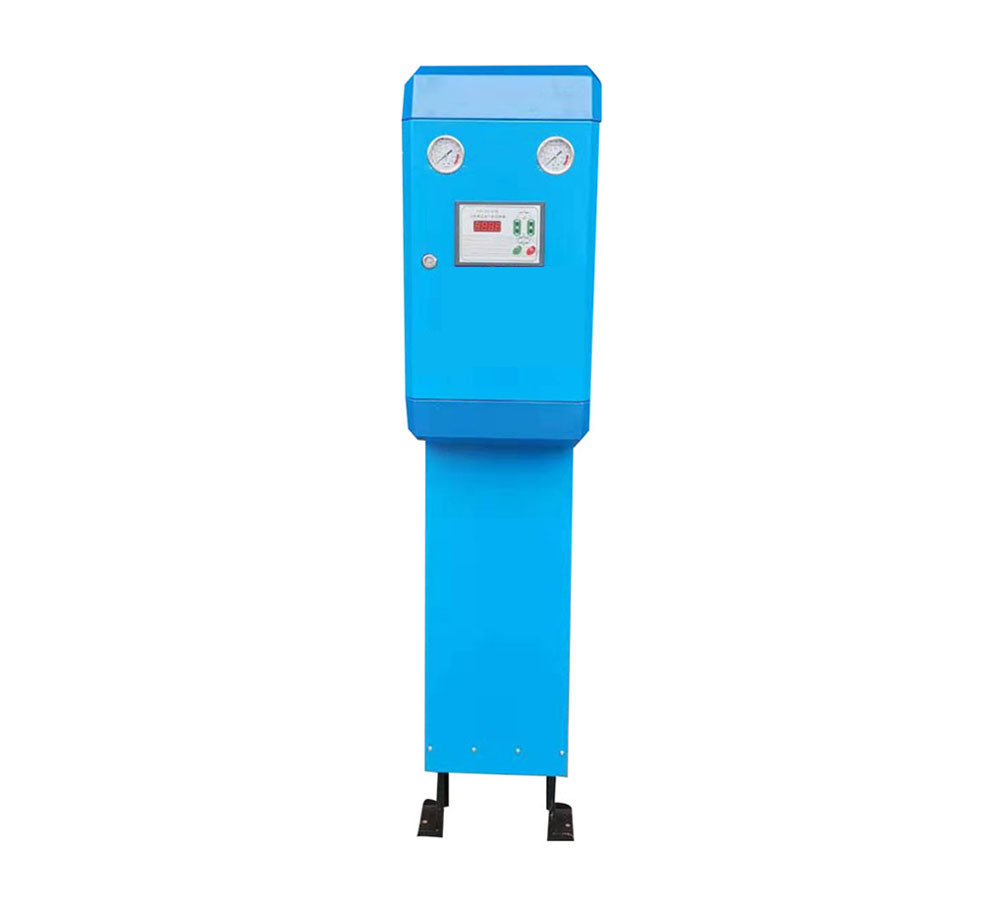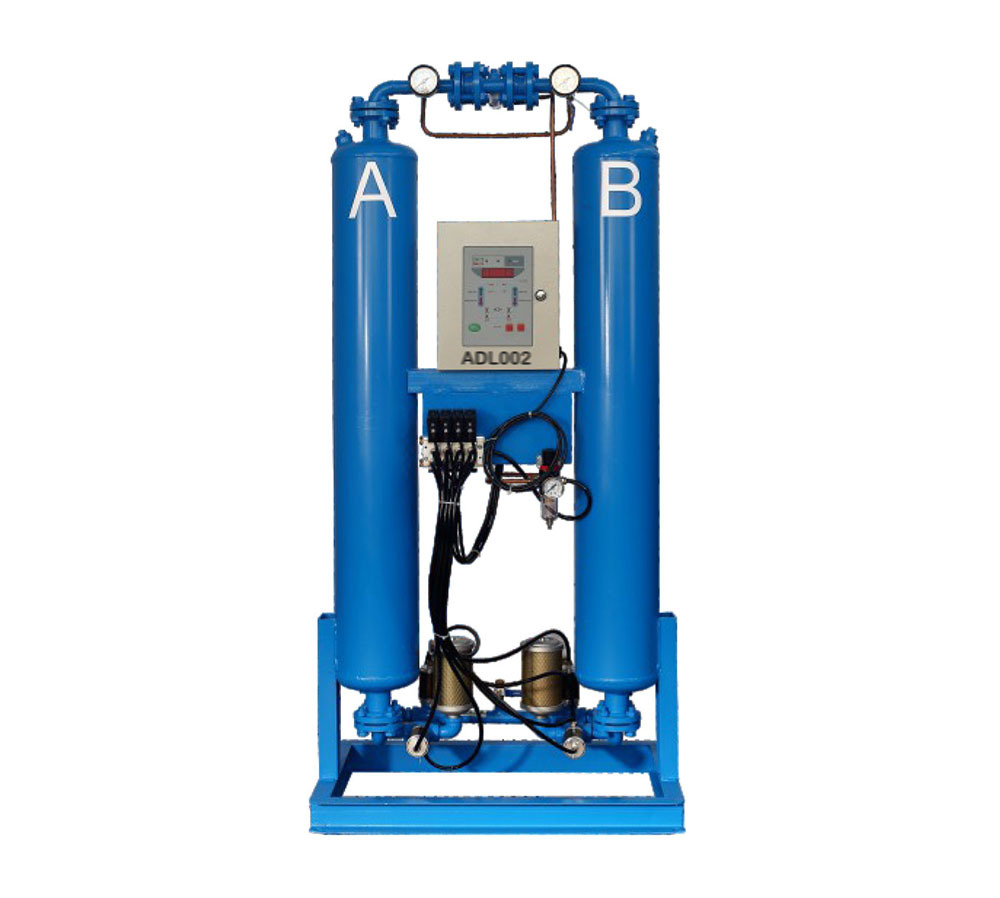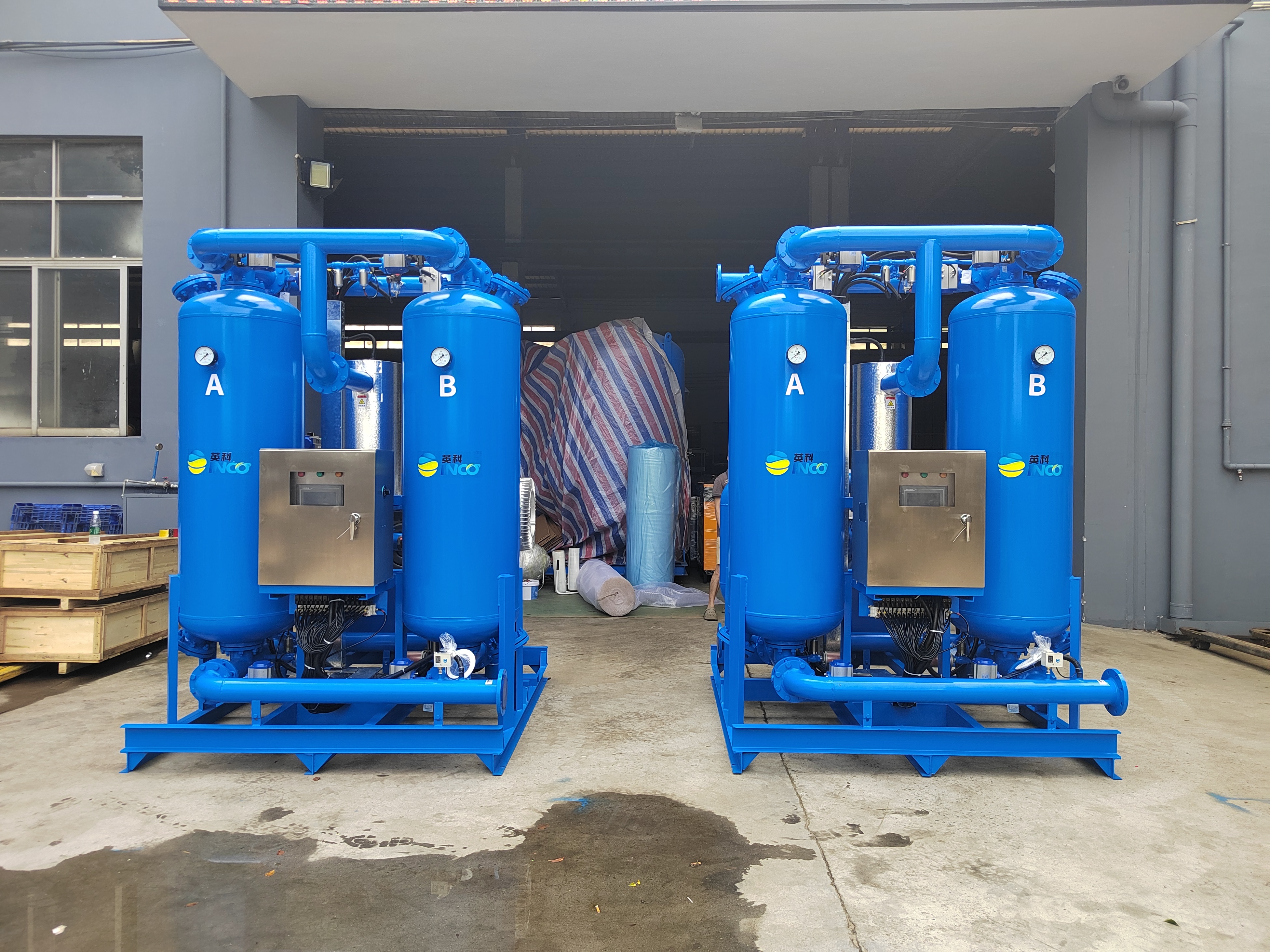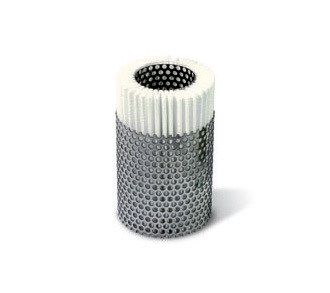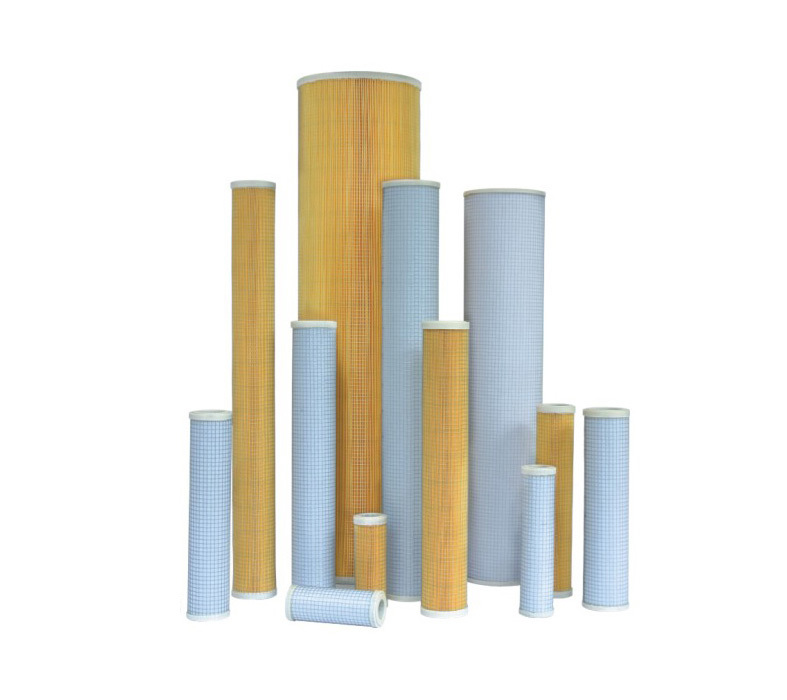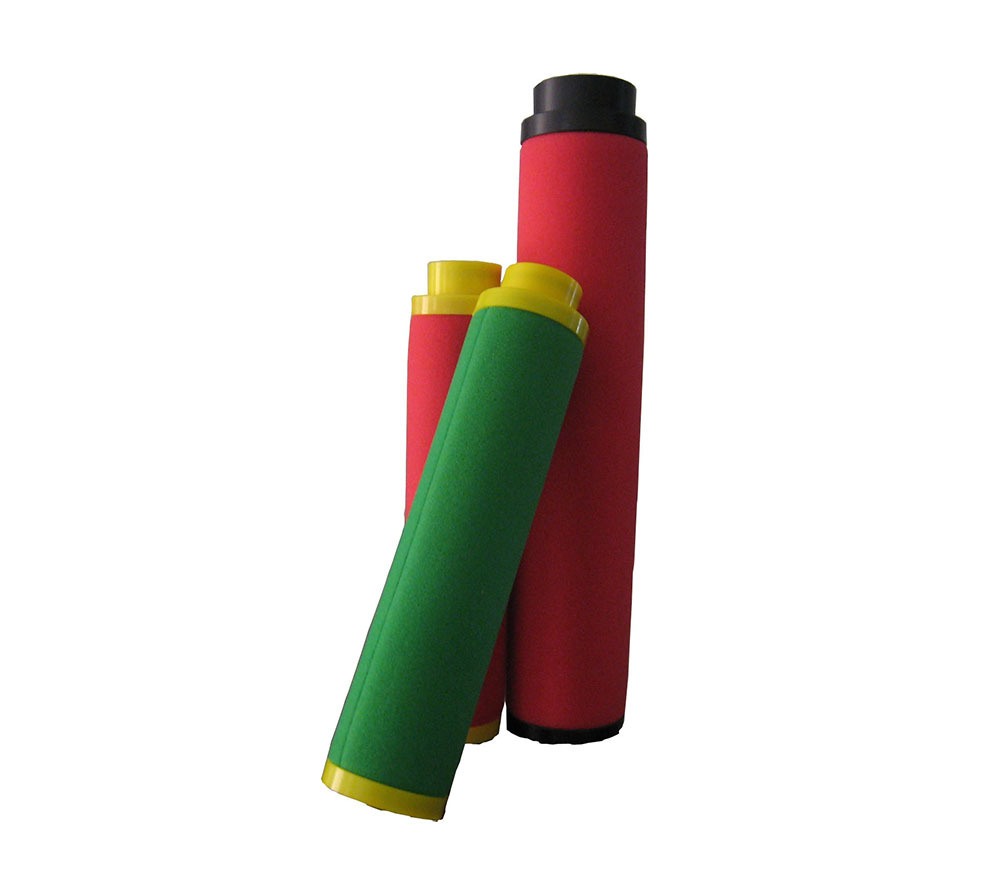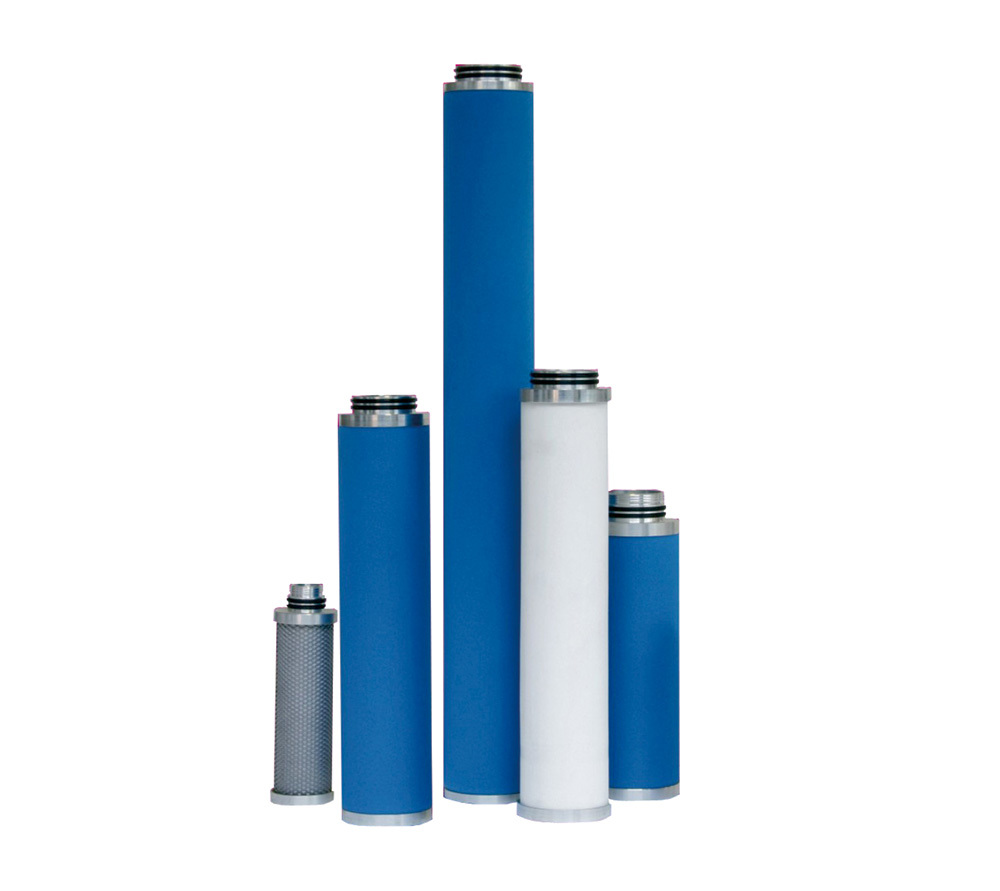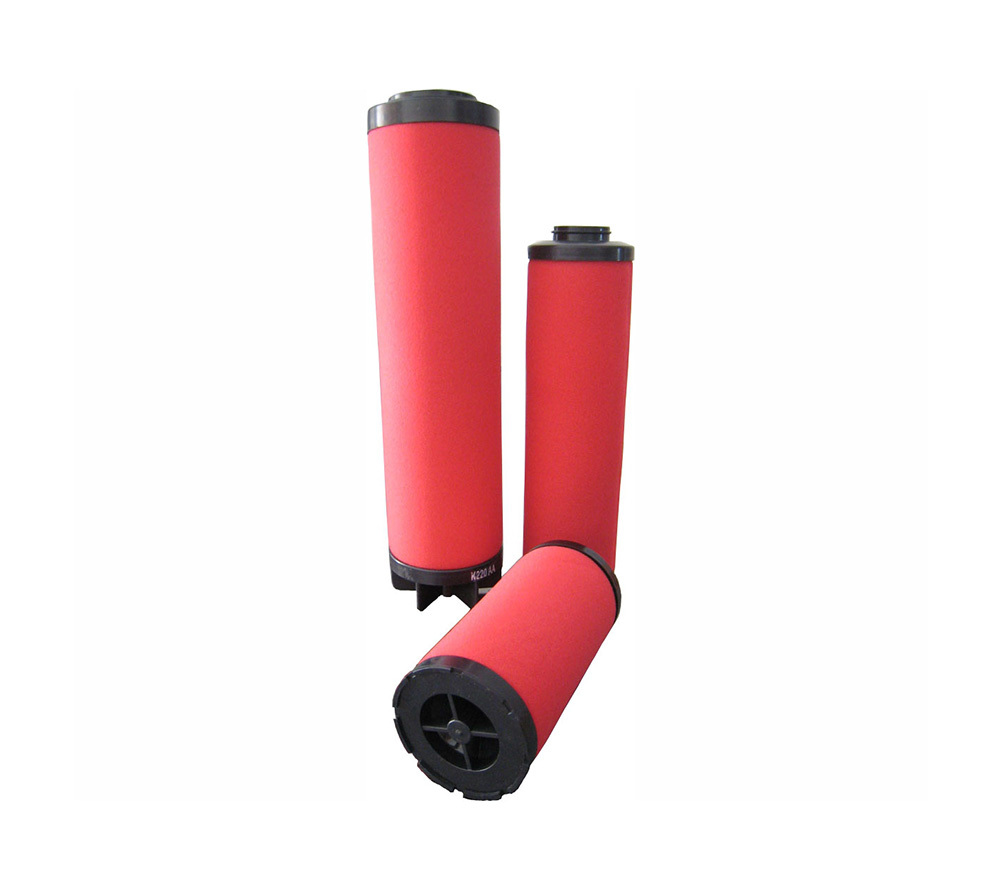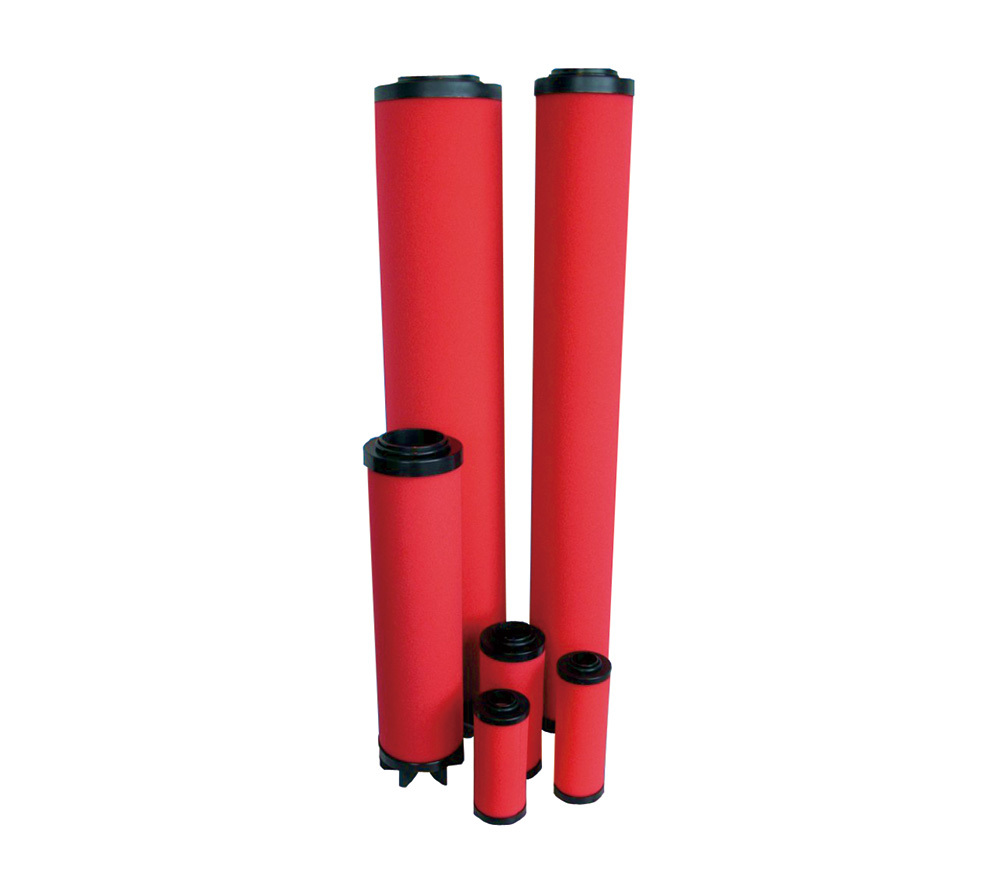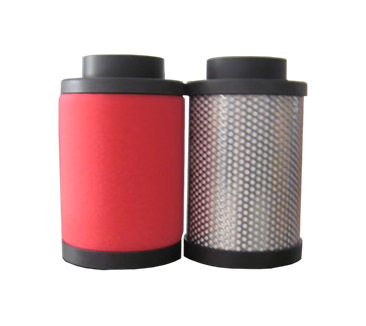Applicable Environments
-
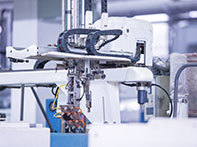 Tools and Instruments
Tools and Instruments -
 Control System
Control System -
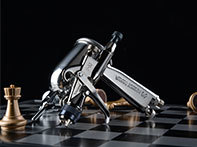 Spraying Tools
Spraying Tools -
 Successful Injection
Successful Injection -
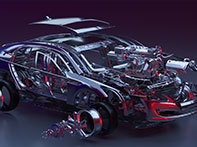 Car Shop
Car Shop -
 Tire Pressure
Tire Pressure
Product Introduction
Compressed air refrigeration and adsorption drying mainly solves the problem of water content in compressed air, but the particulate pollutants, oil, and other harmful substances in compressed air have an adverse effect on the normal use of compressed air and the adsorbent of the adsorption dryer. To meet the compressed air quality level requirements of different compressed air users, various filters and separation equipment must also be set up on the compressed air pipelines. These devices use centrifugal separation, inertial collision filtration, adsorption absorption, and electrostatic dust removal to remove solid particles, droplets, and oil mist in compressed air.
Inco Filter Filtration Accuracy
1. C-class separation filter (primary filter) Used to filter out a large amount of liquid and solid particles larger than 3μ, with a residual oil content of less than 5ppm.
2. T-class main pipeline filter (fine filter) Used to filter out solid and liquid particles of 1μ and larger, with a residual oil content of less than 1ppm.
3. A-class high-efficiency oil removal filter (high-precision filter) Used to filter out solid and liquid particles of 0.01μ and larger, with a residual oil content of less than 0.01ppm.
4. AA-class ultra-high-efficiency oil removal filter (super filter) Used to filter out solid and liquid particles of 0.01μ and larger, with a residual oil content of less than 0.001ppm.
5. H-class activated carbon filter (deodorizing filter) Used to filter out oil mist and hydrocarbons as small as 0.01μ, with a residual oil content of less than 0.003ppm.
Selection Guide:
1. Determine which level of INCO air filter to use based on the air usage requirements (oil content requirements and particulate impurity filtration requirements). The oil content of compressed air is usually expressed in ppm (mg/m3), and the particulate impurity filtration requirements are usually expressed in µ (micrometer). C-class filter - used to filter out a large amount of liquid and solid particles larger than 3µ, the compressed air oil content after filtration is less than 5 ppm; T-class filter - used to filter out solid and liquid particles larger than 1µ, the compressed air oil content after filtration is less than 1 ppm; A-class filter - used to filter out solid and liquid particles larger than 0.01µ, the compressed air oil content after filtration is less than 0.01 ppm; AA-class filter - used to filter out solid and liquid particles larger than 0.01µ, the compressed air oil content after filtration is less than 0.001 ppm; H-class filter - used to filter out oil mist and hydrocarbons larger than 0.01µ, the compressed air oil content after filtration is less than 0.003 ppm; A-class filter needs to be equipped with a T-class filter for pre-filtration, H-class filter needs to be equipped with an A-class filter for pre-filtration, and C-class or T-class filter is required before the refrigeration dryer, and T-class or A-class filter is required after the adsorption dryer. Air usage requirements can be provided by the air usage equipment manufacturer or confirmed by referring to the article "Compressed Air Purification System Configuration Diagram" in the "Technical Data" section of this site.
2. Confirm the selected INCO air filter with the corresponding processing capacity according to the actual air usage provided by the air usage equipment manufacturer. Follow the "larger than" principle when selecting, that is, select an air filter slightly larger than the actual air usage.
Model Parameters
| Model |
Nominal Flow Rate |
Interface Size |
External Dimensions (mm) |
Number of Filter Elements |
Structural Form |
||
| *010(G) |
1 |
G1/2″、G3/4″、G1″ |
89 |
275 |
253 |
1 |
Integral Aluminum Alloy |
| *020(G) |
2 |
G1/2″、G3/4″、G1″ |
89 |
275 |
253 |
1 |
|
| *030(G) |
3 |
G1″、G11/2″ |
120 |
370 |
338 |
1 |
|
| *050(G) |
5 |
G1″、G11/2″ |
120 |
370 |
338 |
1 |
|
| *070(G) |
7 |
G11/2″ |
120 |
500 |
468 |
1 |
|
| *080(G) |
9 |
G11/2″ |
120 |
500 |
468 |
1 |
|
| *110(G) |
12 |
G2″ |
150 |
620 |
580 |
1 |
Filter Head: Aluminum Alloy |
| *140(G) |
15 |
G2″、G21/2″ |
150 |
700 |
650 |
1 |
|
| *180(G) |
18 |
G2″、G21/2″ |
150 |
850 |
800 |
1 |
|
| *220(G) |
22 |
G2″、G21/2″ |
150 |
970 |
920 |
1 |
|
| *260(G) |
26 |
G21/2″、G3″ |
190 |
690 |
670 |
1 |
|
| 400(G) |
37 |
G3″ |
180 |
850 |
798 |
1 |
|
| *180(F) |
20 |
DN80 |
336 |
1120 |
940 |
1 |
Flanged steel body |
| *260(F) |
26 |
DN80 |
345 |
840 |
730 |
1 |
|
| *320(F) |
32 |
DN80 |
345 |
1050 |
940 |
1 |
|
| *400(F) |
40 |
DN80 |
500 |
1250 |
1050 |
1 |
|
| *540(F) |
54 |
DN100 |
500 |
1250 |
1050 |
3 |
|
| *660(F) |
66 |
DN100 |
500 |
1250 |
1050 |
3 |
|
| *720(F) |
72 |
DN125 |
600 |
1250 |
990 |
4 |
|
| *900(F) |
90 |
DN150 |
600 |
1250 |
990 |
4 |
|
| *1100(F) |
110 |
DN150 |
600 |
1350 |
1070 |
5 |
|
| *1300(F) |
130 |
DN200 |
700 |
1350 |
1020 |
6 |
|
| *1450(F) |
145 |
DN200 |
700 |
1350 |
1020 |
7 |
|
| *1650(F) |
165 |
DN250 |
780 |
1400 |
1070 |
8 |
|
Note:
1. The processing capacity in the table is calculated based on standard working conditions (inlet temperature 38℃, inlet pressure 0.7MPa);
2. *-Filter accuracy (C/T/A/AA/H), G-threaded interface, DN-flange interface;
3. Operating range: The maximum working pressure of threaded interface products is 1.3MPa, and the maximum working pressure of flange interface products is 1.0 MPa, the maximum working temperature is 66℃, and the minimum working temperature is 1.5℃; Air filters with larger processing capacity, higher working pressure, and higher inlet temperature are available for pre-order.







